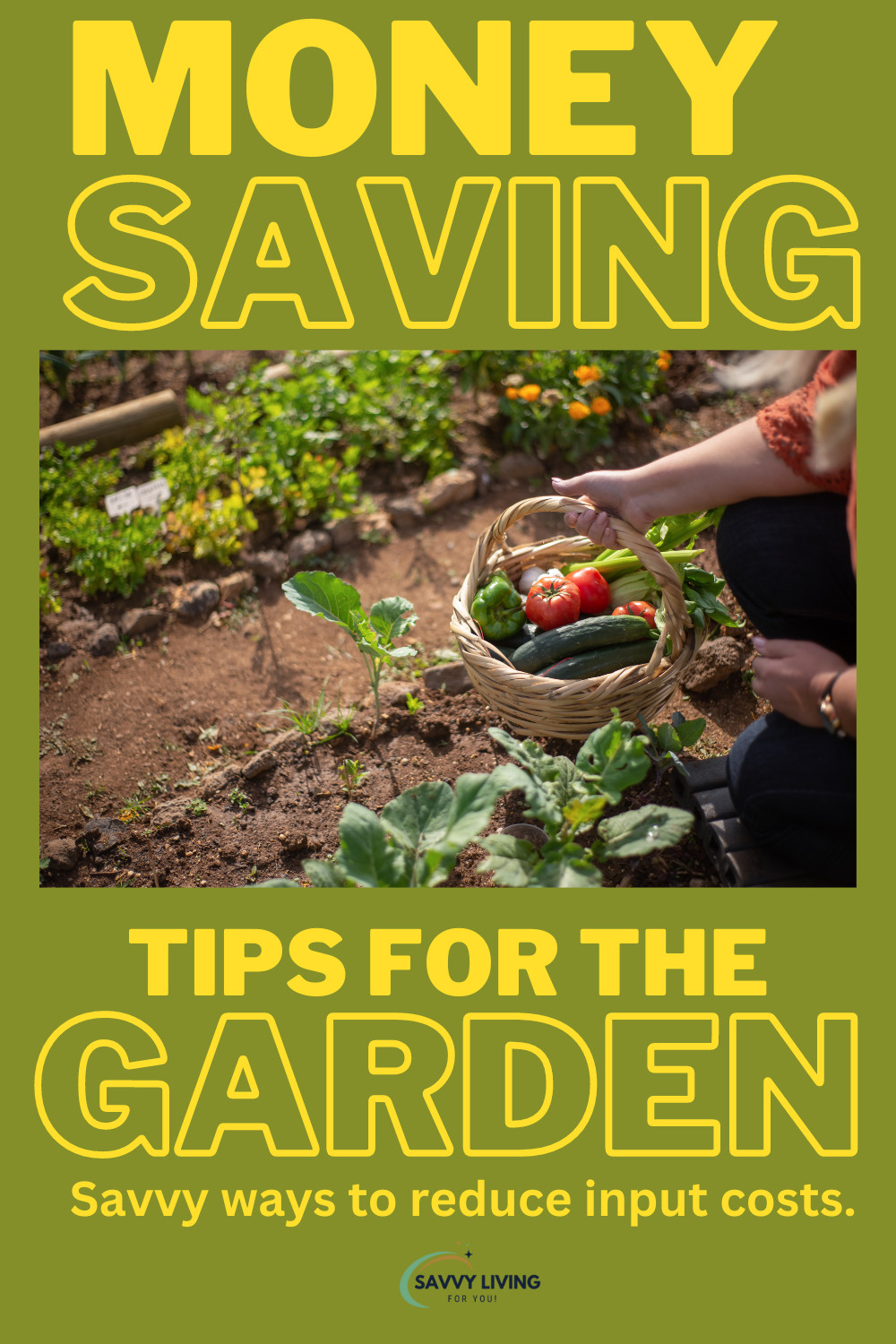
Things I’ve stopped doing in the garden that save money.
With the rising cost of things these days, we’re all looking for ways to save money. Gardening in itself is a great way to save money, but I’ve gone even further to share my best tips for saving money in the garden. Check it out…..
1. Don’t buy fertilizer or bagged manure/compost.
We live on a farm, so manure compost is abundant around here, but for those of you in the city or not on a farm you still have better options than buying bagged manure or pelleted fertilizers. Most farms are happy to let you fill a garbage can or pickup, etc for free, or at least a lower price than the stores. Maybe you have a neighbor with some chickens in the backyard? Ask them.
Composting is another great alternative. Composting is a natural process that transforms your kitchen and garden waste into a valuable and nutrient-rich food for your garden. It's easy to make and use. All organic matter eventually decomposes. In a compost pile, this process is accelerated by conditions created by the composting gardener (you).
Use compost bins like THIS ONE to make the process more user friendly.
2. Stop buying seeds.
You won’t be able to do this entirely, but here are the things I no longer buy seeds for and how I do it.
- Potatoes. Save the baby potatoes that are too small to bother with, or the ones that have gone soft or sprouted before you could eat them. They will store in a cool dry place in burlap or cardboard until you can plant them, and will yield potatoes as good as any seed potatoes you buy. I haven’t bought seed potatoes in 3 years (since discovering this trick). This year alone, my garden yielded almost 100 pounds of potatoes just from the tiny ones I saved from last year’s harvest or I bought but went bad. That’s a lot of money saved….and a lot of lefse’ to make and freeze. See how I do that in the next blog.
- Tomatoes. I have the best luck with cherry tomatoes. They just come up voluntarily in my garden now and I let them. I also have random Roma and Heirlooms show up, but mostly cherry. So, you can leave the fruits fall in the ground and grow on their own, or if you don’t want your garden looking like a tomato jungle like mine did this year, save the seeds and plant them where you’d like them. I just remove the seeds and spread them on some scrap paper to dry and store them in a bag with a paper towel or napkin inside in case I don’t get them dried enough. You may notice the cherries may not be as sweet, but I use them in my sauces and such as normal tomatoes so sweetness isn’t an issue. And when you have more tomatoes than you know what to do with, I have an awesome-sauce recipe for sauces and salsa (haha), including the best sauce-making gadget around that cuts time by peeling and pitting your tomatoes for you. A must-have thing for my kitchen.
- Green beans. No matter how good you check your plants at harvest time, you always miss a bean or ten and they get too big and seedy. I started leaving them on the vine to complete their seed-making process, then harvest the seeds to plant next season. Works great and I don’t feel bad about letting those beans go to waste.
- Peas. Same as the beans.
- Dill. Plant dill once and you’ll never have to buy seed again if you leave just one stem go to seed. You could even ask a friend for a stem of over-ripe dill to let dry and harvest the seed. The flowers turn to seed, so simply let the dill go to seed, and strip the seeds off. You’ll get hundreds from just one stem. I do this with cilantro and mint as well.
- Onions. I just have the red (purple) spring onions in my garden now because they produce their own bulbs and keep planting themselves. I mean, a plant that plants itself is definitely what this busy mama needs in her life. Every onion bulb will grow a cluster of 4-6 more onion bulbs at the end of its stem. You can let the stem tip over and plant itself, or you can pick off the cluster of bulbs and plant them where you want them. I have planted the whole cluster as one and I have broken them apart to plant as single bulbs. Single bulbs tend to grow bigger, but if they are teeny-tiny, plant the cluster and split them when they get bigger.
- Garlic. This one will take a few years to build up enough seed stock to be self sustaining, but every clove of garlic planted will give you a cluster of 4 or more cloves. I grow hard neck variety because I’m in zone 4. You will have some cloves that are giant and glorious, cook with those. The cloves that are smaller are the ones I save for planting. This year I tried an experiment that so far seems to be working well….if they survive our North Dakota winter. I let a few of my garlic scapes (the top flowers) go to seed and planted that. So far they are sprouting and creating mini bulbs. I expect them to sprout again in spring, but it’ll likely take 2 years before they are big enough to eat. If this experiment works out, I will have over 50 garlic bulbs to plant from my original 8 cloves I started with. (fingers crossed)
- Peppers. Did you know you can transplant your pepper plants to a pot and bring them inside for the winter? I’ve done this with jalapenos and green bells, but any variety should do. There’s a special way to prune the plant I learned on YouTube. The idea is for the plant to go dormant, but mine didn’t go dormant, and in fact, kept giving me peppers all winter, and when I planted it back in the garden in spring it was LOADED all summer long. I currently have 10 pepper plants in my living room waiting to be replanted next spring. Good thing I learned a great way to pickle peppers this year. I should no longer need to buy jars of those anymore either. I'll share how in another blog (you may as well just subscribe below so you don't miss these).
- Flowers. There are tons of flowers that you can harvest seeds from. A simple youtube search of the flowers you have will tell you if and how to get seeds from them. The easiest for beginners is the hardy Marigold. Simply let it dry out. Pluck the petals and there will be long skinny seeds. I currently have a million petunia seeds I harvested from the mother’s day basket my kids gave me in May. Ask your flower-loving friends to let you harvest some seeds to get you started. If they know about this trick, they’ll have plenty to share. If they don’t know, they’ll be happy for the tip.
There are tons of other plants you can harvest seeds from. This is just what I have personally done myself. I’d love for others to share their experiences in the comments as well. Now for my next tip....
3. Stop buying spinach. We LOVE spinach, but up here in ND, good, fresh spinach is hard to come by and a bit spendy. I was growing it in my garden, but found its yield to be not very rewarding compared to the bountiful harvests of the other things I grow. A packet of seeds barely gave us enough to enjoy for a month. It just goes to seed so fast. It yielded so little. It was not paying for itself. A friend of mine told me to use Swiss Chard instead, and gave me some to try. I will never plant spinach again. Instead I plant Swiss Chard and use it in everything I used to use spinach in. No one has been able to tell the difference. I used to need to plant 3 seed packets of spinach to get enough for my family to enjoy half the summer; approximately a $12 investment to yield barely what I could buy $3 at the grocery store. This year I planted half a packet of Swiss Chard. We ate on it all summer, and it’s now mid-October and I still have a gallon-sized baggie of it sitting crispy in my fridge. Its big leafy goodness just yields so much and stays fresh much longer. It is DEFINITELY a permanent add to my garden. Goodbye spinach.
4. Stop winging it from memory. I started keeping records because each spring I would spend too much time trying to figure out how much seed to buy to get the yields I needed. Then I would spend too much time in my garden trying to lay out a planting plan based on memory of how the year before went. I don’t have time for all that thinking and remembering and who wants to repeat epic fails? Creating journals is what I do, so when I couldn’t find a suitable garden journal to buy, I made one that suited my needs. One that doesn’t have a lot of extra stuff. Just plain and simple, easy to use, exactly what I want to record. Nothing more to sift through. It has space to plot how I laid out the garden plots, record what I planted, when I planted, and when it will be ready to harvest, and lots of note writing space to record anything different I did or need to do, what did well where, etc. There’s a companion plant chart for easy access too. My garden has spots that are in partial shade and full sun. There is harder soil and soft. I also have 2 gardens, so recording which vegetables do better in which garden and where is helpful too. In my world, time is more precious than money, so taking a few seconds to jot a few notes that saves me hours of planning and trying to remember things year-to-year is a sound investment. Grab the journal HERE.
So there you have it, the many ways to save money while still having a successful vegetable garden. By doing your own composting, harvesting seeds, and utilizing the right varieties of plants to fit your needs, you can reduce expenses. If you’re looking for even more advice and insights, make sure to check out the savvy living community. There you’ll find plenty of tips and tricks from individuals who have already put in countless hours of effort into maintaining beautiful gardens. So get out there and start reducing your gardening costs!
Some links may be affiliate links. See full disclosure here.


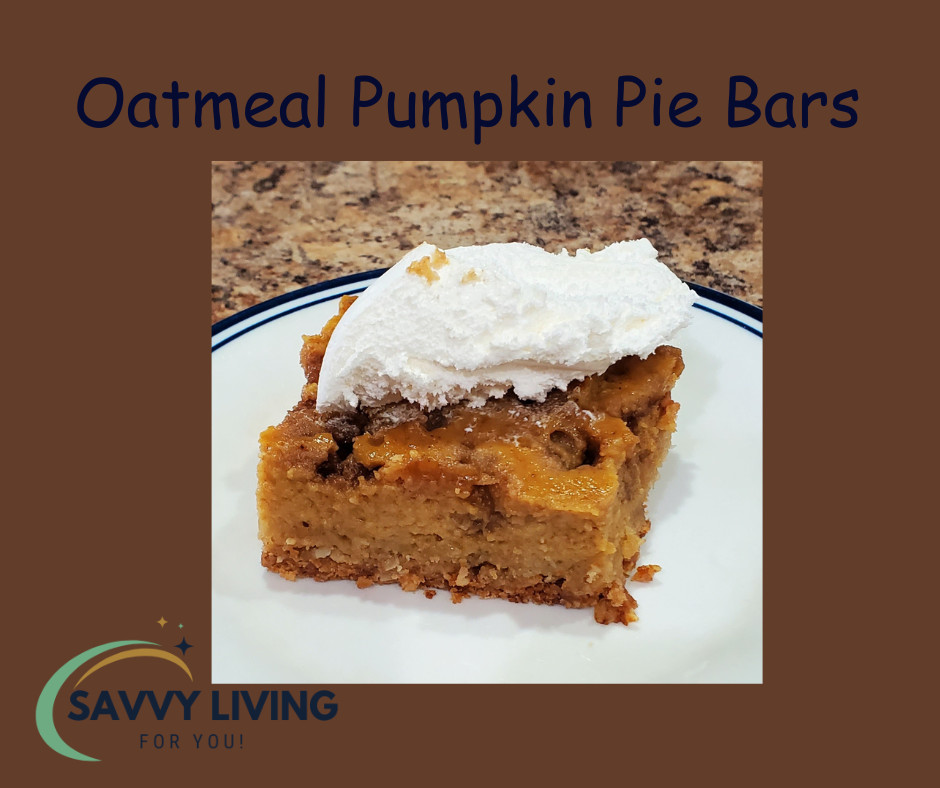
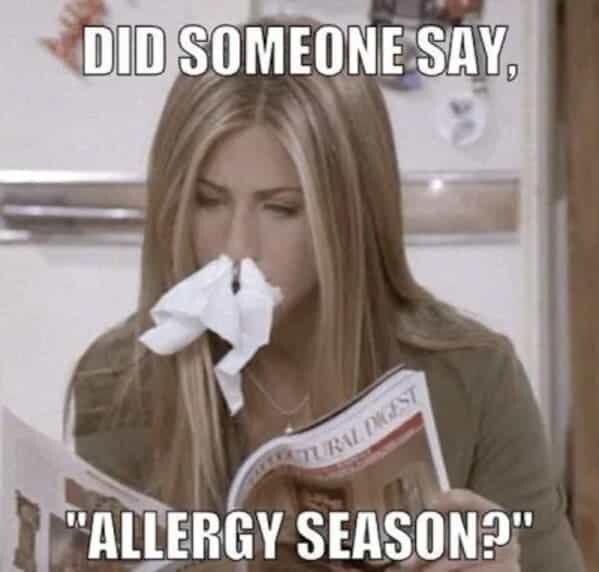
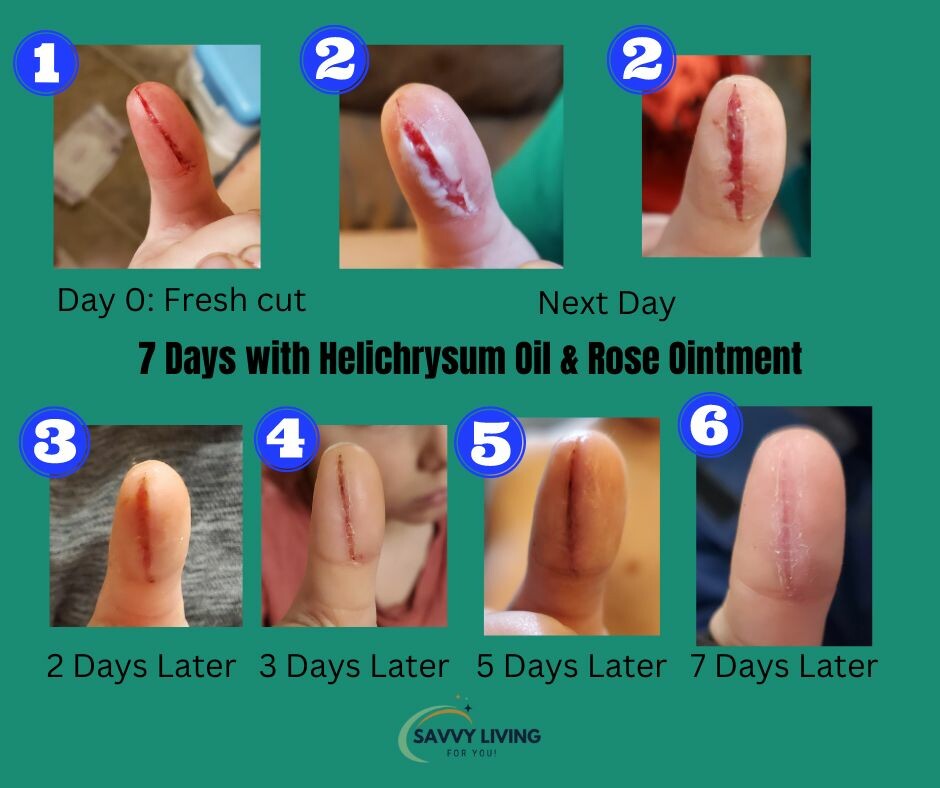
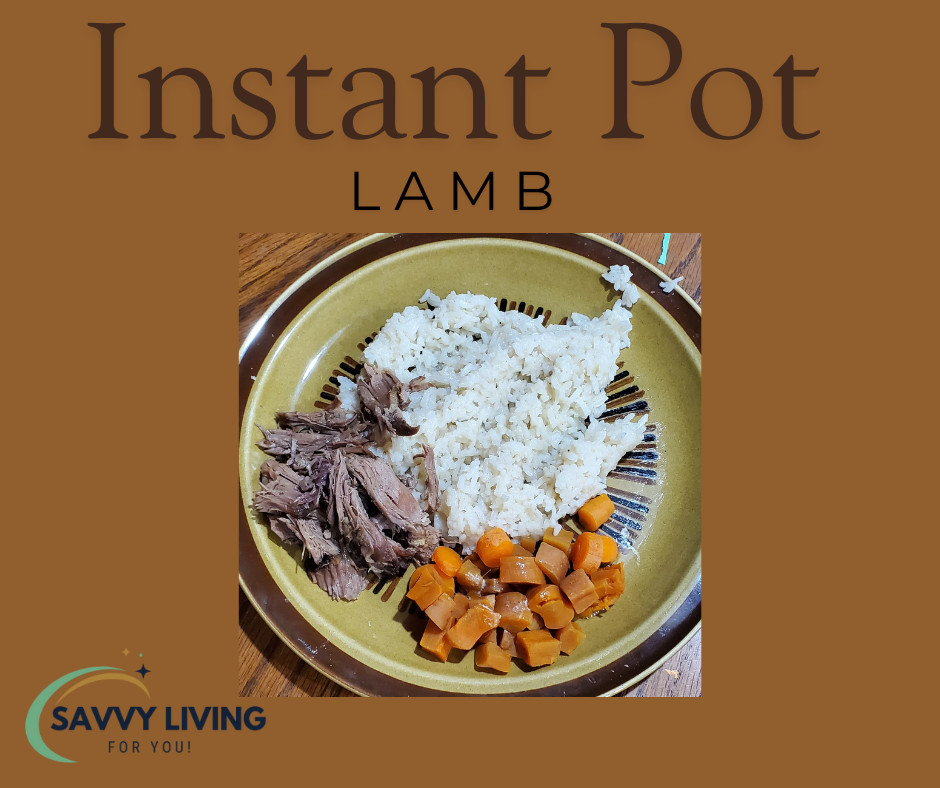


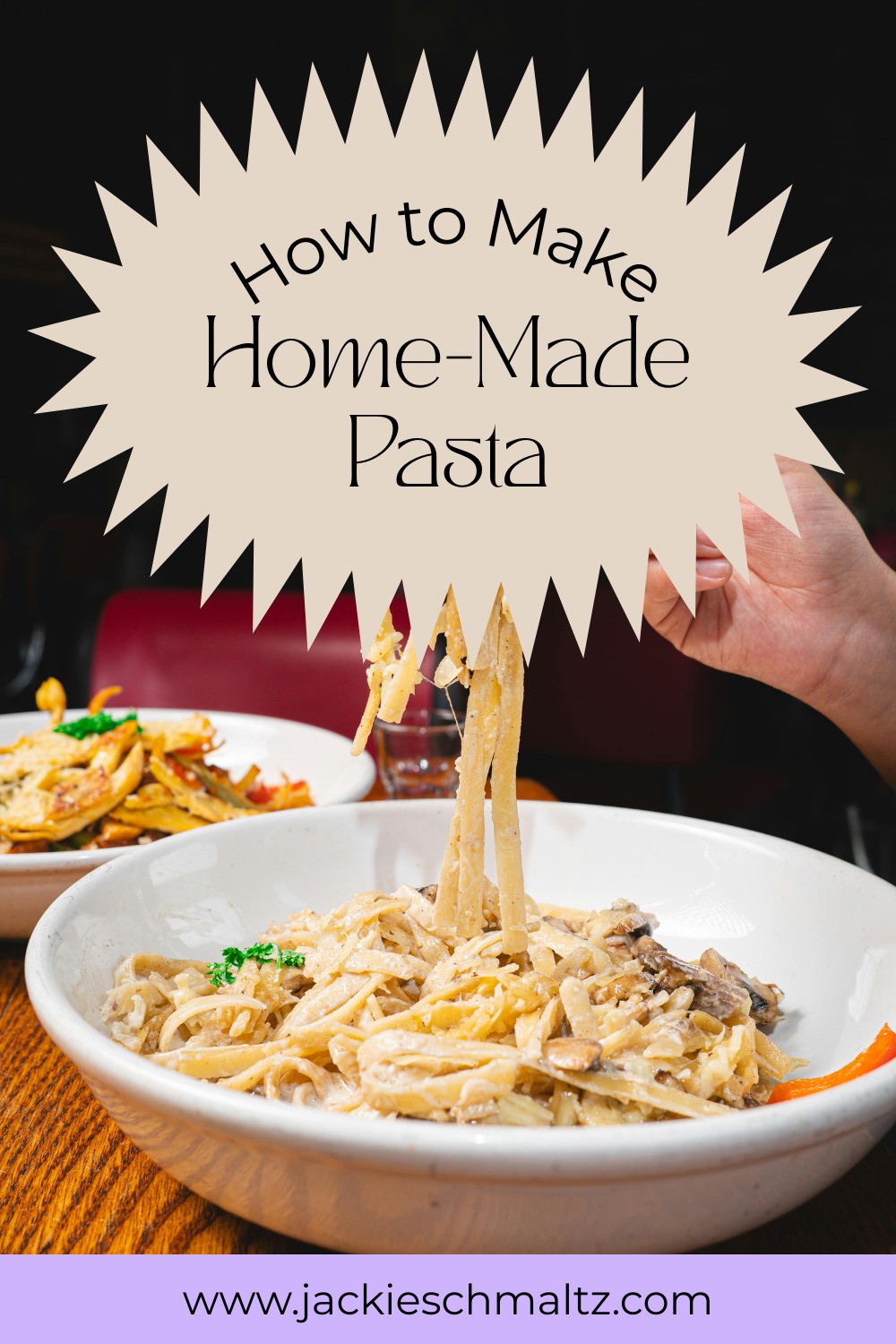
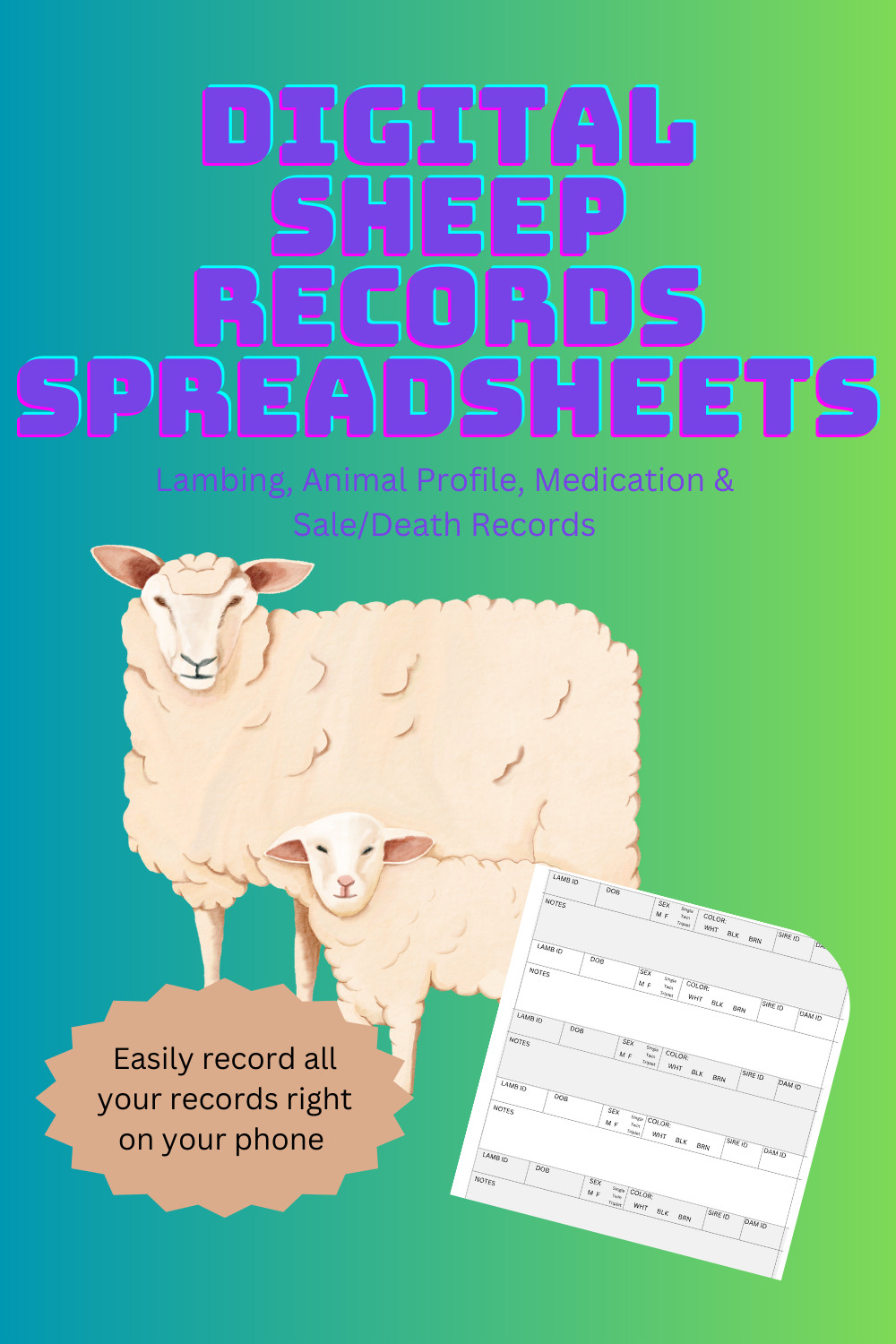

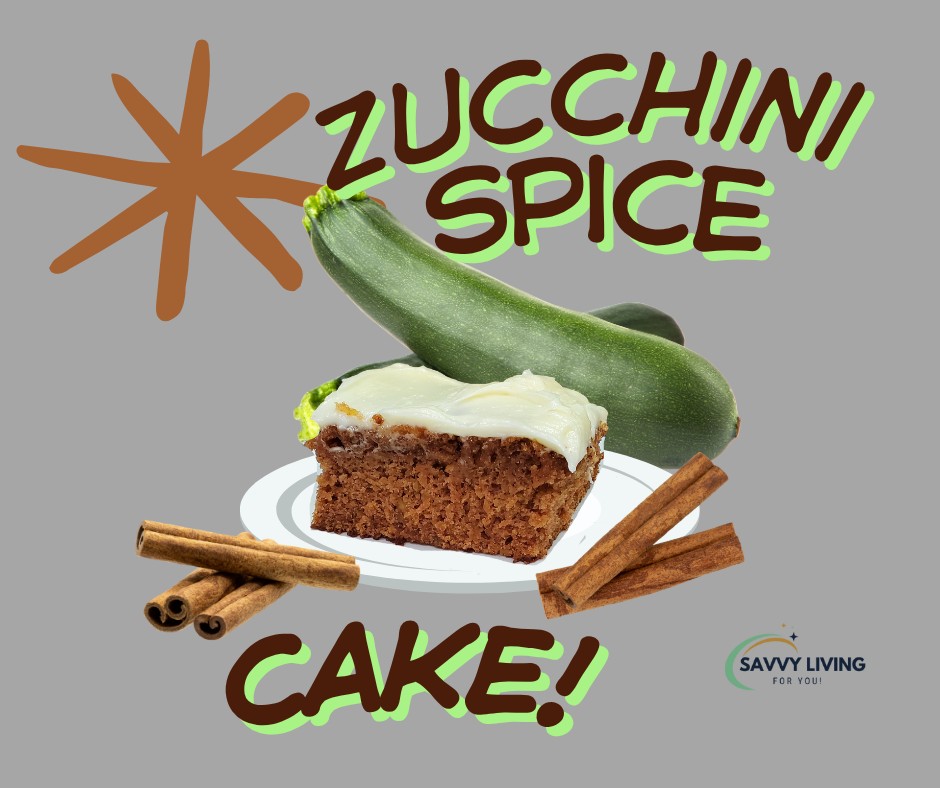

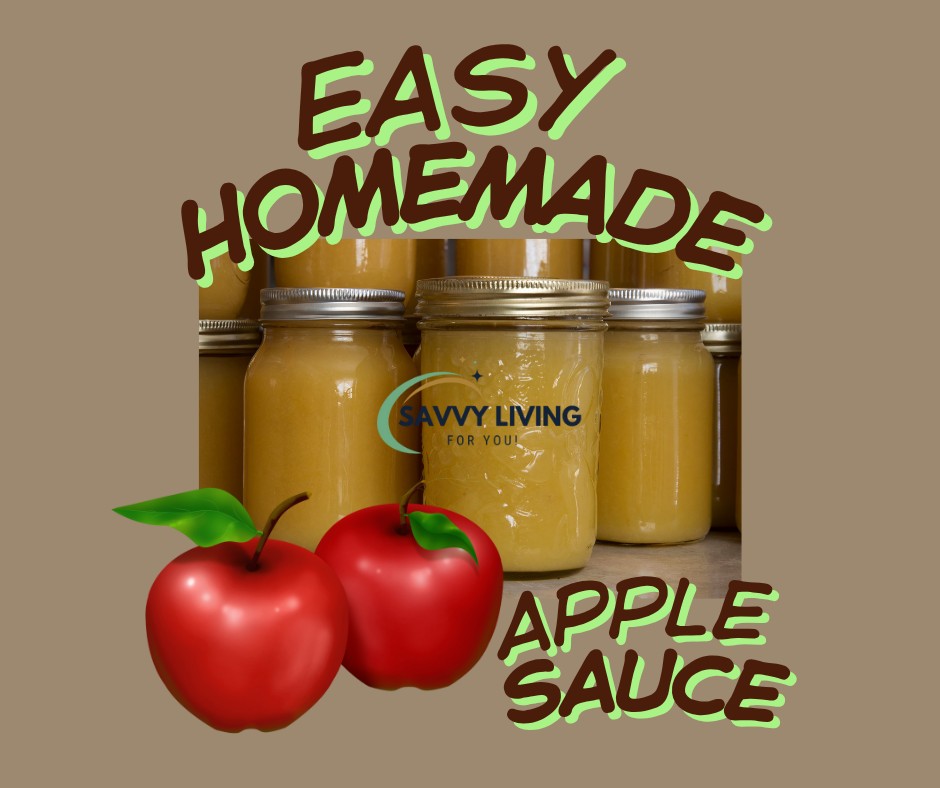
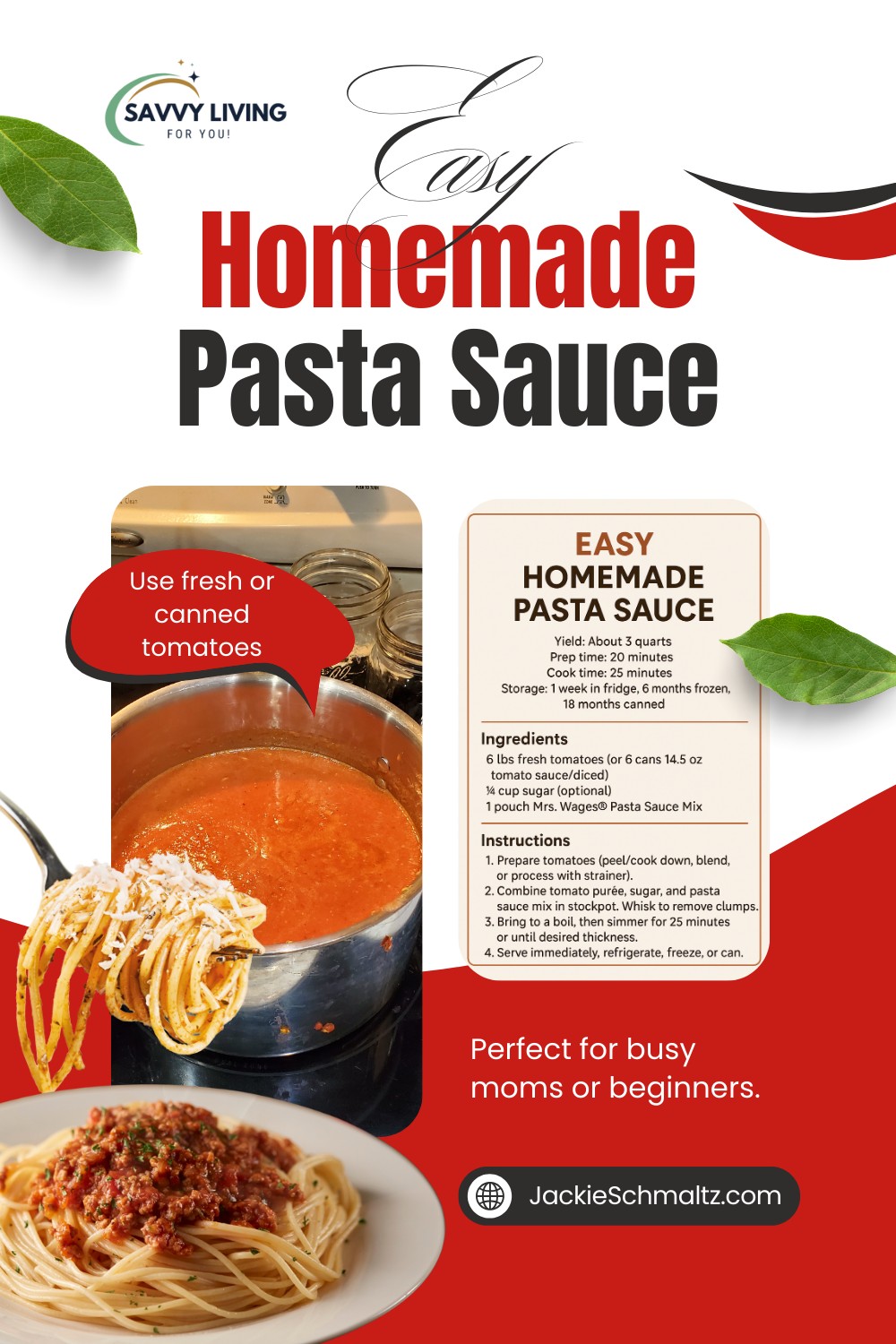
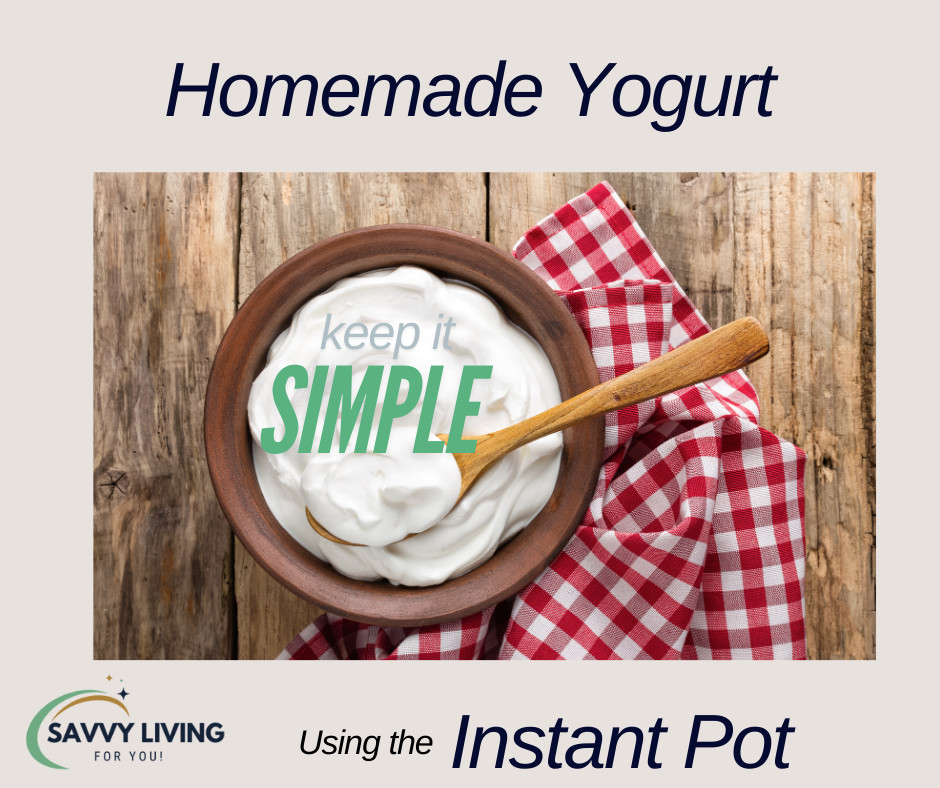

0 Comments